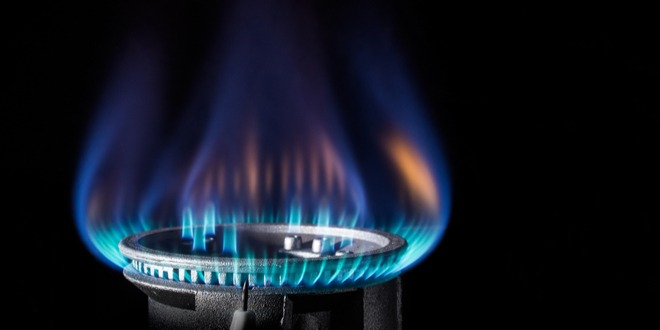Natural gas futures touched fresh levels in the green territory marking the first gain in 2023, amid estimates for a massive storage withdrawal report.
After dropping 48.7 cents on Tuesday, and closing below $4.00, the February Nymex natural gas futures contract on Wednesday gained 18.4 cents day/day and settled at $4.172/MMBtu. Gas for delivery in March rose 13.9 cents to $3.780.
NGI’s Spot Gas National Avg. shed 93.5 cents to $5.370 on Wednesday, led lower by declines in western markets.
While natural gas cash markets gave up ground overall, costs in the West kept high with several hubs posting prices three times greater than the national average. A punishing snowstorm that dropped more than 20 inches of snow in areas of the Rockies and northern Plains early this week lingered on Wednesday, delivering freezing rain and more snow as it spread over the Upper Midwest.
Cold January rains emerged Wednesday in California and were expected to drag into Thursday, supporting demand there.
Futures traders are looking at some key spot markets and taking note of the strong prices. The latest bouts of winter weather followed frigid temperatures late in December that analysts expect resulted in a large pull of natural gas from underground stockpiles.
Estimates for the US Energy Information Administration’s Thursday storage report, covering the week ended Dec. 30, showed the market widely expecting a much larger-than-normal withdrawal.
Projections submitted to Reuters ranged from withdrawals of 153 Bcf to 269 Bcf, with a median pull of 237 Bcf. A Bloomberg survey landed at a median pull of 240 Bcf. The Wall Street Journal’s poll found draw estimates from 156 Bcf to 265 Bcf and an average of a 228 Bcf pull.
The number revealed Thursday morning will be compared with a reported pull of 46 Bcf during the same week a year earlier and a five-year average draw of 98 Bcf for the week.
EIA reported a robust 213 Bcf withdrawal from storage for the week ended Dec. 23. Stockpiles finished that period at 3,112 Bcf, or nearly 3% below the five-year average.
Even after Wednesday’s gain, however, natural gas futures hovered far below the 2022 peak near $10 reached last summer. This is largely because of expectations for unseasonably warm weather next week, the week after that – and potentially into February — conditions that would dampen demand and ease pressure on supplies in storage.
Next week, NWS outlooks showed highs in the 40s and low 50s expected across much of the Midwest and East, and peak temperatures in the 50s to 70s were projected for the West and South.
 Noor Trends News, Technical Analysis, Educational Tools and Recommendations
Noor Trends News, Technical Analysis, Educational Tools and Recommendations





